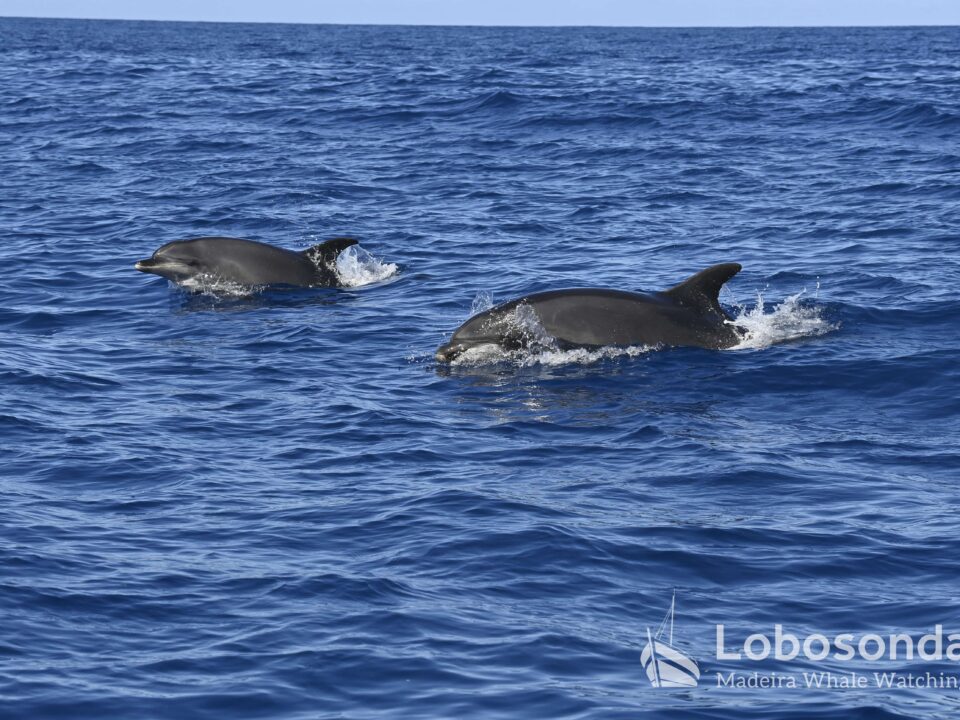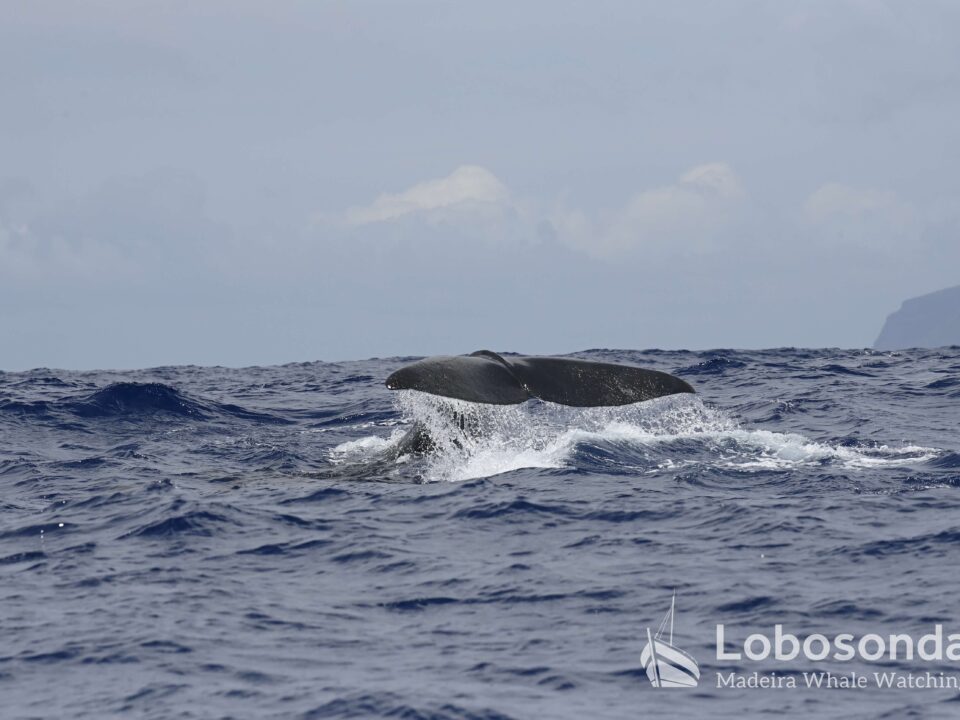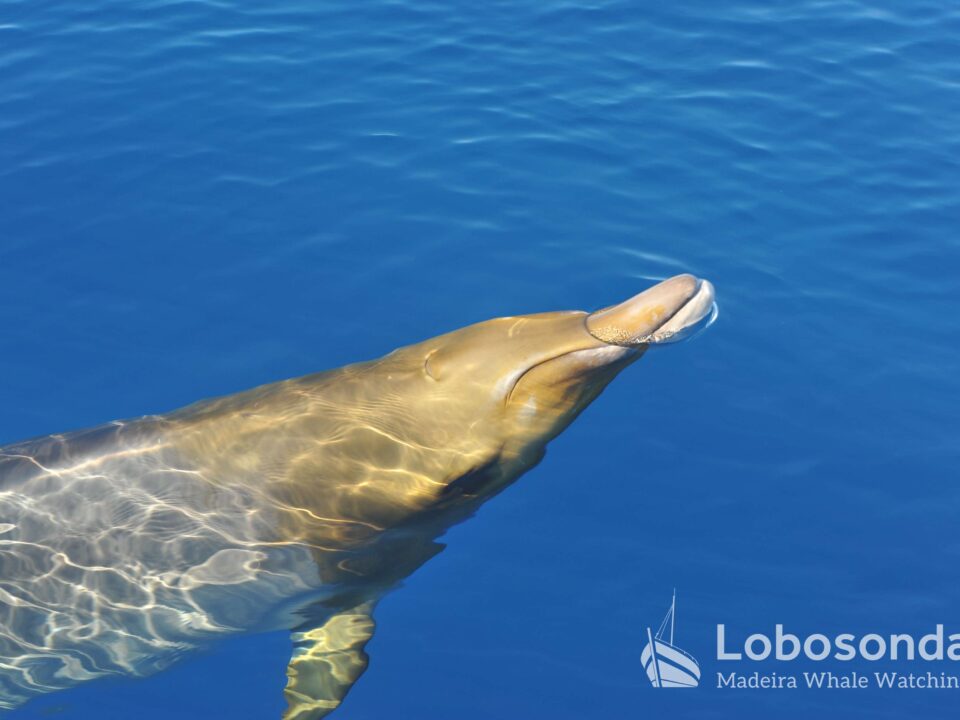
02.10.2023 – The journey of resilience
October 9, 2023
04.10.2023 – Mystical Meetings
October 11, 2023Not much was going on out on the Atlantic this morning. We did, however, meet some of Madeira’s most important predators starting with the archipelago’s “coast guard”, the Bottlenose dolphins (Tursiops truncatus). The island shares its population of Bottlenose dolphins with the Canaries and these intelligent predators regulate marine ecosystems across this massive home range. After the encounter, we moved on to meet som Blainville’s beaked whales (Mesoplodon densirostris) that, sadly, had more important matters on their minds than meeting whale-watchers at the surface. The animals were briefly sat the surface before engaging in a deep dive that according to recent research in the Canaries usually extends up to 800m where they target cephalopods such as squid. Blainville females are known to remain in Madeira’s waters while males travel across female groups in Macaronesia keeping the gene pool healthy.
We saw both species during our midday tour along with a leaping pod of beautiful Striped dolphins (Stenella coeruleoalba), small cetaceans that enter the safety of the islands waters with their little calves and delight us with spectacular aerial acrobatics. We then met a pod of Bottlenose dolphins (Tursiops truncatus) near the aquaculture of Calheta, opportunistically foraging for any delicious looking fish near the enclosures. In the afternoon they were even foraging together with a Mediterranean monk seal (Monachus monachus), a rare sight under natural circumstances but an increasingly frequent one as a result of human influence. We can’t say that we were upset at the sighting but we can not deny our concern at what ecological consequences may be as a result.
By Paula Thake
Sightings of the day
Ribeira Brava
15:00 Blainville’s beaked whales, Bottlenose dolphins
Stenella
09:30 Blainville’s beaked whales, Bottlenose dolphins
13:30 Blainville’s beaked whales, Bottlenose dolphins, Striped dolphins
16:30 Bottlenose dolphins, Mediterranean monk seal































